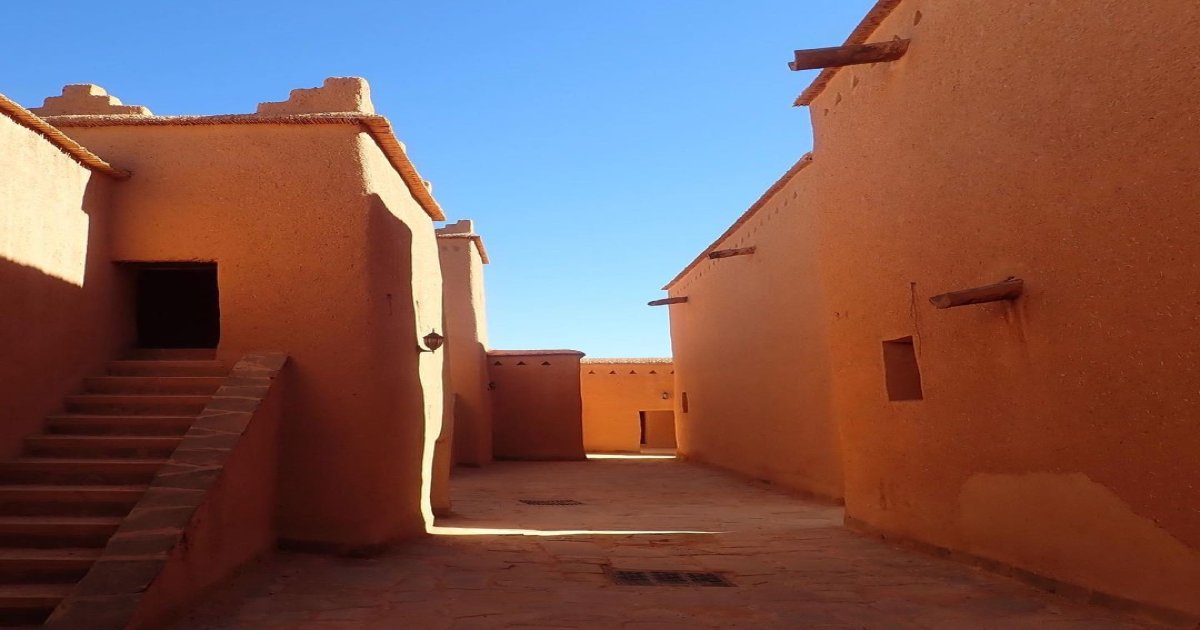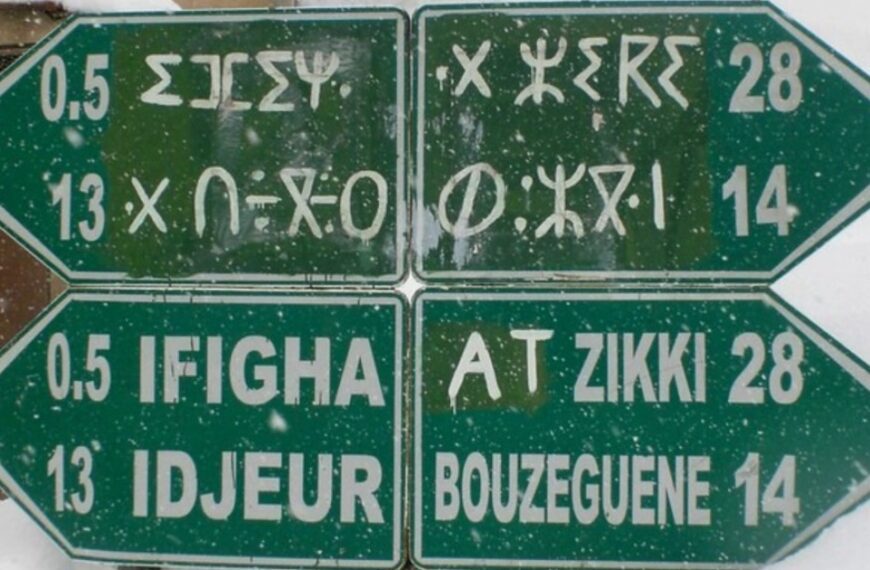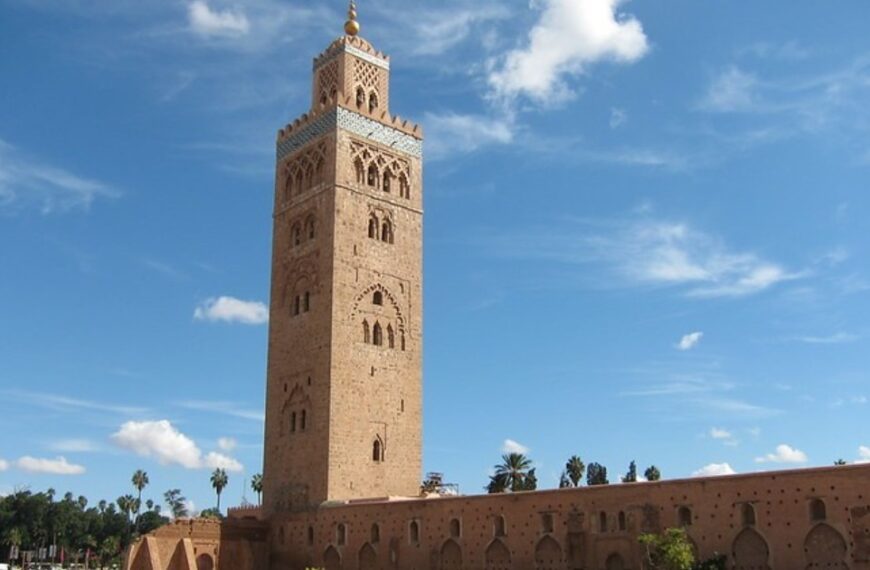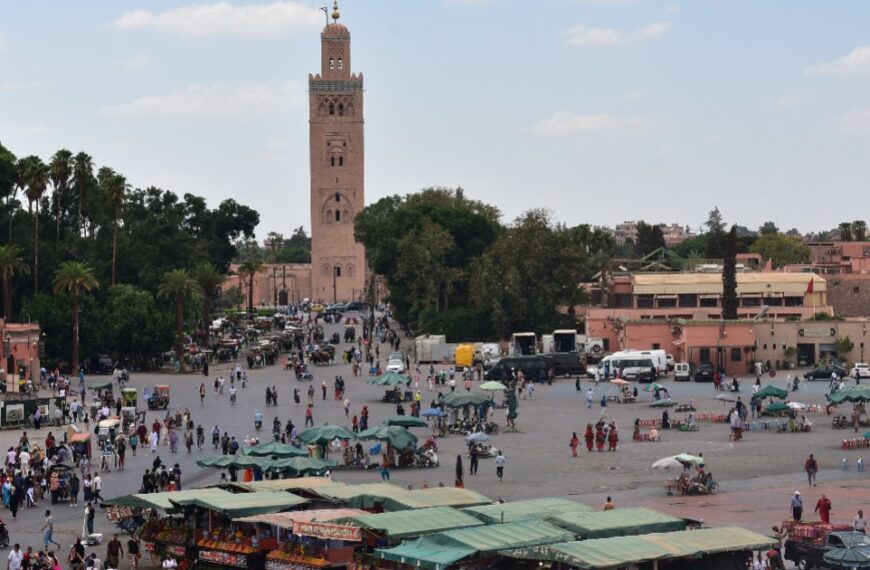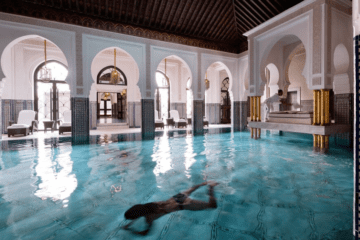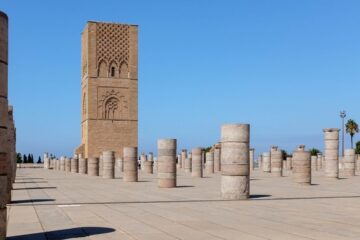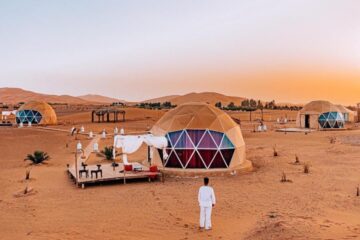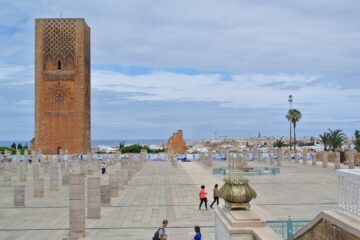Explore the outskirts of Ouarzazate to find one of the most impressive historical monuments in all of Morocco, a symbol of the country’s illustrious past. Taourirt Kasbah is a fortified Moroccan settlement located on the outskirts of the city, with the Atlas Mountains as a background. To put it simply, this is one of the most spectacular examples of Moroccan fortifications. It’s easy to become disoriented in this enormous building, which has just one little door leading outside but around 300 rooms, corridors, stairs, and keylocks.
The history of Taourirt Kasbah during El Glaoui area
El Glaoui family, who controlled one of the most important southern trade routes from Morocco to West Africa, erected the Taourirt Kasbah in the late nineteenth century. The family’s riches and influence helped make them a prominent family in the nation. During his reign as Pasha of Marakesh from 1912 until 1956, its most prominent member was Thami El Glaoui, widely known as the Lord of the Atlas.
Many Moroccans are still conflicted about Thami El Glaoui’s personality since he was such a fascinating figure. However, he was also a brutal ruler who squandered no chance to increase his own fortune and authority. Thami El Glaoui, who succeeded his brother as head of the Glaoui clan following his death, is most known for his activities during France’s colonial reign in Morocco. The Lord of the Atlas helped the European kingdom depose Sultan Mohammed V in return for absolute control over the High Atlas and the rest of the country’s southern areas. Although this has led many Moroccans to see Thami El Glaoui as a traitor, the great success he has had as a warlord and chieftain has led many to regard him as a good guy.
It is certain that Thami El Glaoui had a profound impact on his fellow Moroccans and on the development of his country’s history, regardless of one’s personal feelings toward the individual. His formal residence was at Telouet Kasbah, while his sons, relatives, and extended family lived in Taourirt Kasbah and were helped out by hundreds of servants, artisans, and constructors.
The Kasbah of Taourirt nowadays
A portion of the kasbah remains in ruins, despite the fact that the majority of it has been conserved. The rooms that are open to the public were restored with funding from UNESCO. But if you want to get a real sense of what it’s like to live in a kasbah nowadays, you should go around to the backside. Some Moroccan families still live in the area, and for a nominal price (often between 15 and 20 dirhams), they will be happy to give you a tour of their house among the ruins.
After seeing the palace at Taourirt Kasbah in the evening, relax with a drink on the café terrace. See the beautiful Saharan sun go down over the town of Taourirt from that vantage point. You won’t find a more fitting way to cap off a day of adventure on the sands of the desert.
What makes the Kasbah interesting?
You can now explore the towering structure and get lost in its labyrinth of endless chambers, narrow corridors, and steep stairs. The Kasbah is a complex network of buildings, with multistory towers sprouting from one-family Ksours and a dizzying maze of winding passages and spiral staircases.
There are chambers of all sizes and shapes within the kasbah, each one adorned with plasterwork, mosaics, and painted stucco. Almost 300 rooms provide visitors a glimpse into the lavish lifestyle of a prominent Moroccan family, from formal reception halls to private harem quarters and royal kitchens.
As you ascend the kasbah’s stories, you may begin to feel as if you’re just passing through a series of identical white-walled chambers. However, take your time reading them. Look out the modest windows and study the intricate oak ceilings at your leisure. Berber suites, lavishly decorated with elaborate furnishings, may be found on the upper levels.
Related tours and articles:
- Ait Benhaddou Kasbah, how to get there?
- Morocco travel tips, where to stay, and more.
- Ourika Valley, how to get there?
- Ouzoud waterfalls, how to get there?
- Group 3 days Marrakech to Fes desert tour.
- Best shared 3-day desert tour from Marrakech by Viator.

